Big Data Analytics
- TOP
- Big Data Analytics
Analytics and Insights
Information is the new wealth in the digital age. The ‘Big Data Analytics’ project combines TDB's long history of collecting company data with the latest thinking and technology to create new wealth for businesses, researchers, and policymakers. The new and exciting projects we are involved in are outlined below.
Data Analytics
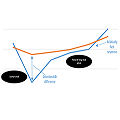 |
Neo GDP Gross Domestic Product (GDP), is a widely used indicator for measuring the total value of goods and services produced by a country each year. At the heart of GDP statistics are input-output tables… |
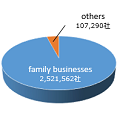 |
Characteristics of family businesses More than 90% of companies in Japan are reported as family businesses by the National Tax Agency. And a considerable number of these enterprises have been around for over 100 years. Accelerating… |
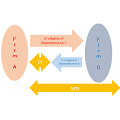 |
Mergers and acquisitions and interdependencies between companies, what is the evidence in Japan? Merger and acquisition is one way for companies to grow. By increasing their size and expanding the range of business, companies are able to exercise a greater level of control on external… |
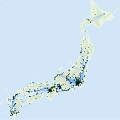 |
Building a greater understanding of inter-firm transactions at the local establishment level Building a solid understanding of Japan’s inter-firm trading relationship is one of the key projects undertaken by Teikoku Databank, using its microdata of inter-firm transactions. In compiling… |
 |
Connectors and Hubs – insights from inter-firm transactions data Companies are the backbone of a local economy. In addition to supporting local employment, they have two key roles. Firstly, they bring in important funds from outside the region by the sale of… |
 |
Post-Olympics Tokyo – How has the industrial structure of Tokyo changed since the 1964 games As Tokyo gears up to host the 2020 Olympics games, there has been considerable discussions on the economic impact of the games. History can be used as a guide in answering this question… |
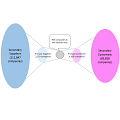 |
“NHK Special” Valuable insights from inter-firm transactions data – using the Great East Japan Earthquake as a case study The use of business big data to identify network relationships and the study of how it changes over time was first promoted in Japan Broadcasting Corporation's (commonly referred to as NHK) special… |
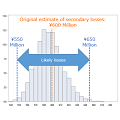 |
Calculating the ripple effects of a shock as a range of possible outcomes Input-output tables often lie at the heart of economic analysis that looks at the economic consequences of given shock. One such application of the input-output table was in the research… |
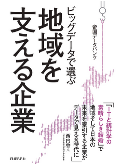 |
Companies that sustain the regions – Using big data to identify regional economic drivers Japan's competitiveness and economic success is supported by the technological capability and human resources of leading local companies. Who are these companies driving regional economic prosperity? What is their contribution? What is their business model? How can… |
 |
Neo GDP |
 |
Characteristics of family businesses |
 |
Mergers and acquisitions and interdependencies between companies, what is the evidence in Japan? |
 |
Building a greater understanding of inter-firm transactions at the local establishment level |
 |
Connectors and Hubs – insights from inter-firm transactions data |
 |
Post-Olympics Tokyo – How has the industrial structure of Tokyo changed since the 1964 games |
 |
“NHK Special” Valuable insights from inter-firm transactions data – using the Great East Japan Earthquake as a case study |
 |
Calculating the ripple effects of a shock as a range of possible outcomes |
 |
Companies that sustain the regions – Using big data to identify regional economic drivers |
Data Visualization
 |
LEDIX Released on 18 July 2018, Local Economy Driver Index (LEDIX) is a powerful visualization system that brings together complex information on inter-firm transactions, company performance and its regional contribution into a single dynamic graphic. LEDIX was developed using Ministry of Economy, Trade… |
 |
Visualization of inter-firm transaction network on Digital Earth Data visualization is one way to intuitively show the complex relationships that underlie inter-firm transactions data. In collaboration with Tokyo Metropolitan University, we have developed a method to visualize the inter-firm relationships on a 3D digital earth. This has paved the way for users… |
 |
LEDIX |
 |
Regional Insights
 |
Regional revitalization policy contest:Calling for policy ideas that address regional issues and revitalize the economy The Regional Creation Office held a policy ideas contest in 2016, to encourage local citizens to utilize the Regional Economy Society Analyzing System (RESAS) … |
 |
Regional revitalization policy contest:Calling for policy ideas that address regional issues and revitalize the economy |